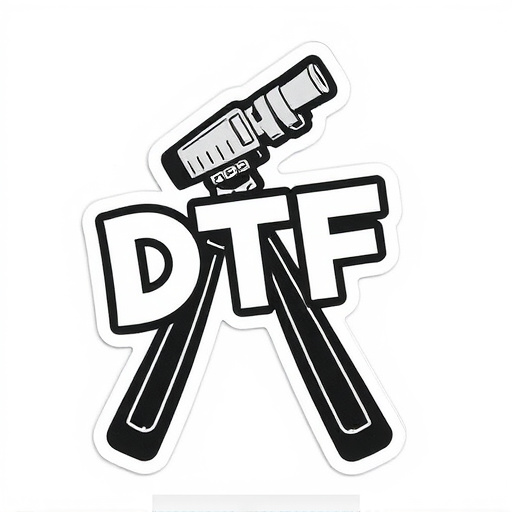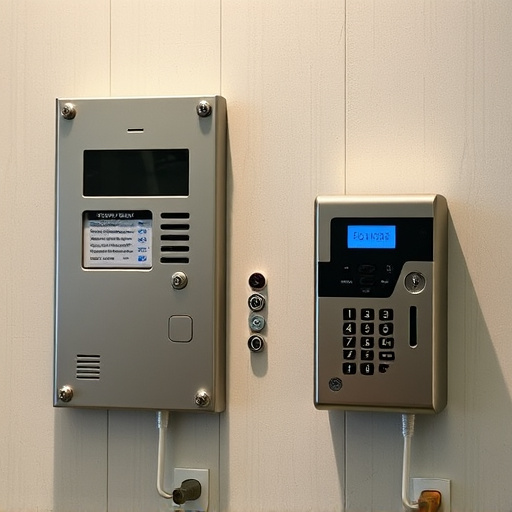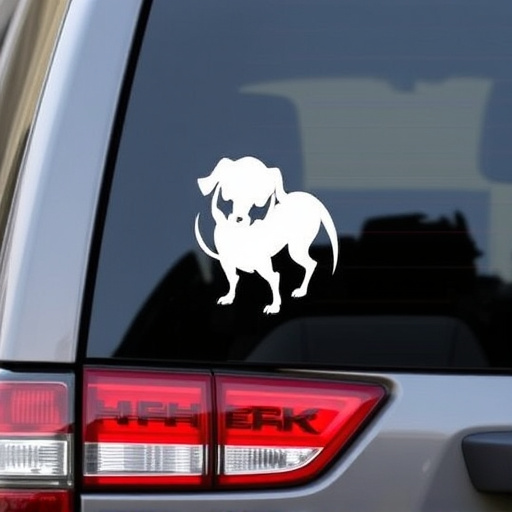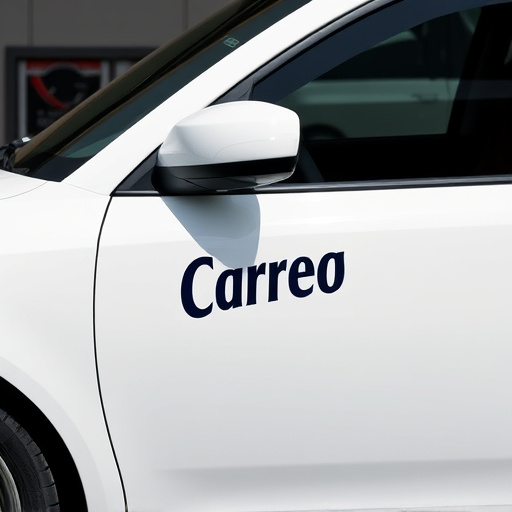Brand identity design is a holistic process that involves visual elements, core values, and tone of voice to create a consistent brand experience. In the digital era, it requires visually appealing graphics and intuitive user experiences across platforms. Physical touchpoints like vehicle wraps enhance customer interactions by solidifying the brand's message and creating memorable experiences.
In today’s interconnected world, a strong brand identity is paramount. This article explores the multifaceted aspects of brand identity design, focusing on both digital and physical touchpoints. We’ll delve into defining core elements and purpose, strategizing for seamless digital experiences, and transforming physical spaces into engaging brand ambassadors. From logos to retail environments, learn how consistent design and user experience cultivate a recognizable and memorable brand identity.
- Defining Brand Identity: Core Elements and Purpose
- Designing for Digital: Visuals, Consistency, and User Experience
- Physical Touchpoints: From Logo to Retail Environment
Defining Brand Identity: Core Elements and Purpose

Brand identity design goes beyond logos and color palettes; it’s the essence of a brand, shaping how it’s perceived in both digital and physical spaces. At its core, brand identity defines who a company is, what it stands for, and promises to its customers. This powerful concept serves as a consistent guide, ensuring every touchpoint—from vehicle wraps to professional PPF installations—reflects the brand’s unique character.
The primary elements of brand identity include the logo, visual aesthetics, tone of voice, and core values. A well-defined logo becomes a recognizable symbol, instantly evoking the brand. Visual aesthetics, whether in digital interfaces or physical car customization, should align with this identity, creating a unified experience. The tone of voice in communication, from website copy to customer service interactions, must resonate with the brand’s personality. Core values are the principles that guide every decision and action, solidifying the brand’s purpose and positioning in the market, even when considering seemingly unrelated aspects like car wraps or PPF installations.
Designing for Digital: Visuals, Consistency, and User Experience

In the realm of brand identity design, the digital landscape demands a unique and compelling approach. When crafting visual elements for digital touchpoints, designers must consider aesthetics that resonate with modern audiences. High-quality finishes and visually appealing graphics are essential to capture attention, but they should be balanced with intuitive user experiences. Consistency in branding across various digital platforms is crucial; from website design to mobile apps, every element should contribute to a unified brand image, ensuring users can easily recognize and engage with the brand.
Furthermore, the digital realm offers opportunities for interactive and immersive brand experiences. Designers can leverage technology to create dynamic visuals, animations, and user interfaces that enhance engagement. Incorporating features like personalized content, responsive design, and seamless navigation not only delights users but also strengthens the brand’s online presence. Moreover, with options like vinyl wraps and scratch protection, physical touchpoints can complement digital efforts by ensuring a brand’s identity is consistent across both virtual and tangible interactions, fostering a comprehensive and memorable brand experience.
Physical Touchpoints: From Logo to Retail Environment

In the realm of brand identity design, physical touchpoints play a pivotal role in enhancing the overall customer experience. Beyond the digital realm, these tangible interactions serve as a powerful extension of a brand’s personality. Consider a logo, meticulously designed and strategically placed, acting as the cornerstone of brand recognition. This visual symbol becomes a familiar face, instantly evoking association with specific values and promises. However, the impact extends far beyond the logo. The retail environment, for instance, offers an opportunity to immerse customers in a carefully curated brand experience. From the architecture of the space to product displays and packaging design, every element contributes to a cohesive narrative that resonates with the target audience.
Imagine a car showroom where vehicle wraps showcase eye-catching designs, transforming ordinary cars into mobile billboards. This tactic not only catches the attention of potential buyers but also underscores the brand’s creativity and commitment to excellence in vehicle protection and customization. Similarly, the retail space itself can become a canvas for storytelling, inviting customers to engage with the brand on a deeper level. By seamlessly integrating brand identity design across physical touchpoints, businesses can ensure that their message remains consistent, memorable, and impactful, leaving an indelible mark on every customer who interacts with their brand.
Brand identity design is a multifaceted process that seamlessly weaves together digital and physical touchpoints. By understanding core elements and purpose, designers can create visually appealing, consistent experiences that resonate with users. For digital platforms, this involves prioritizing visuals, consistency, and user experience, while physical touchpoints demand consideration of the logo’s manifestation in various forms, up to and including retail environments. Ultimately, a strong brand identity design leaves a lasting impression, fostering meaningful connections between brands and their audiences.














